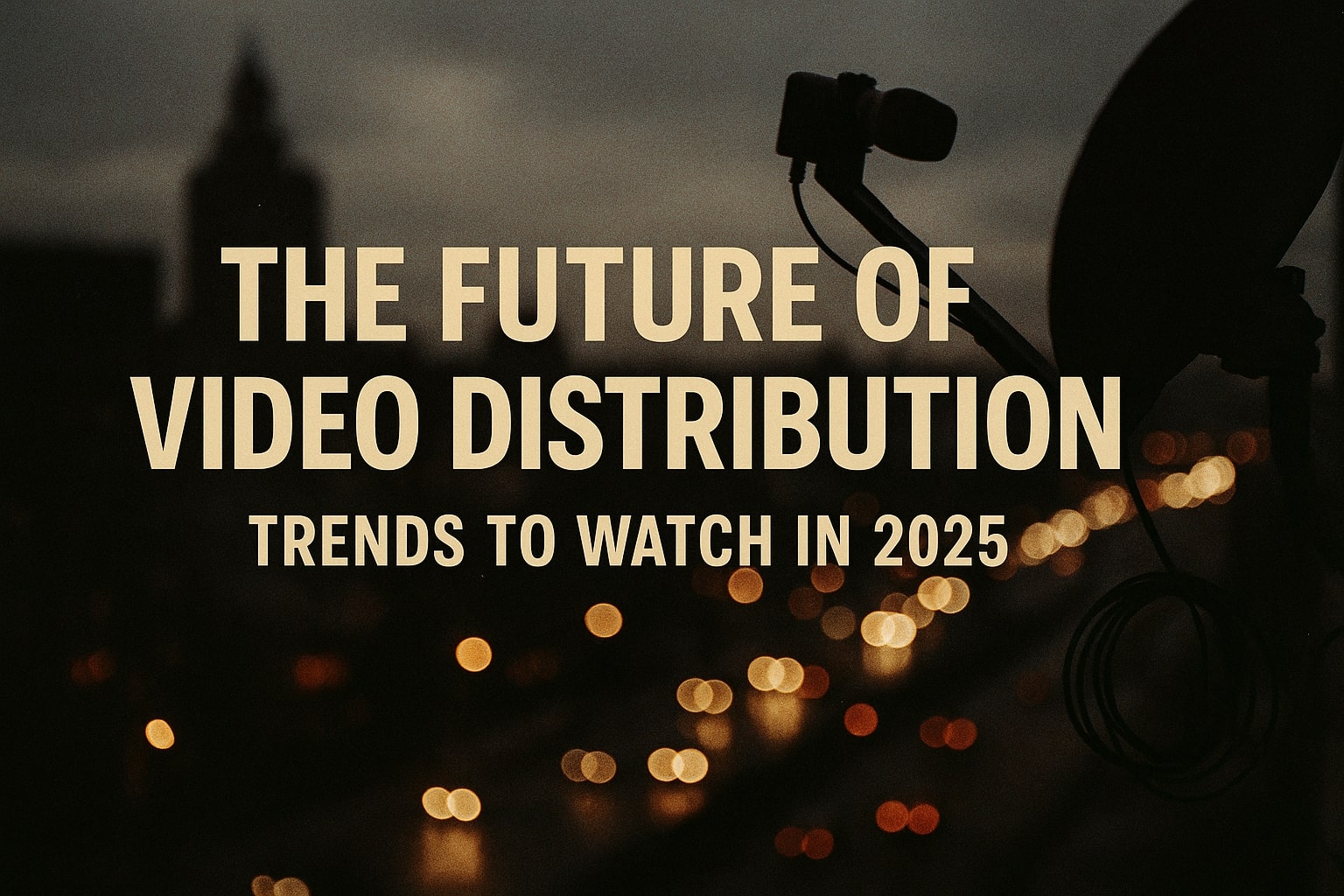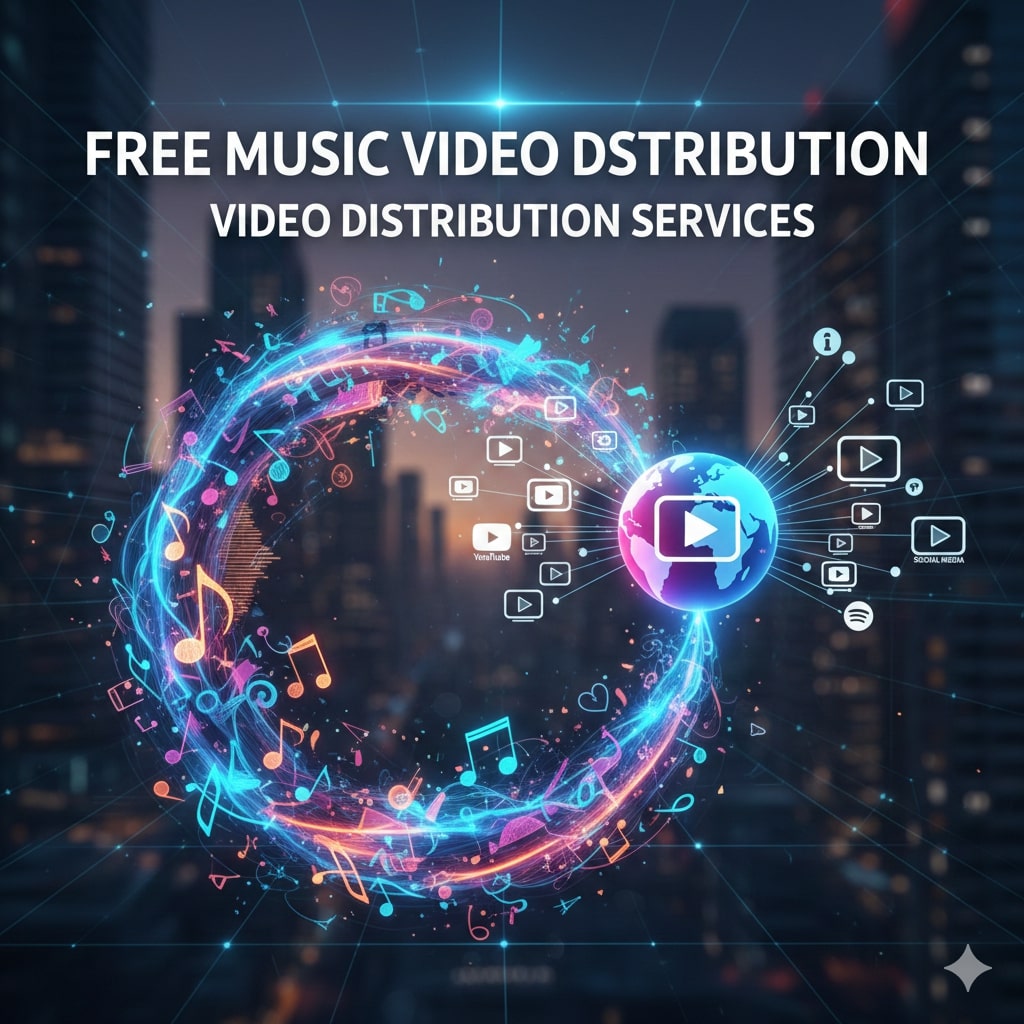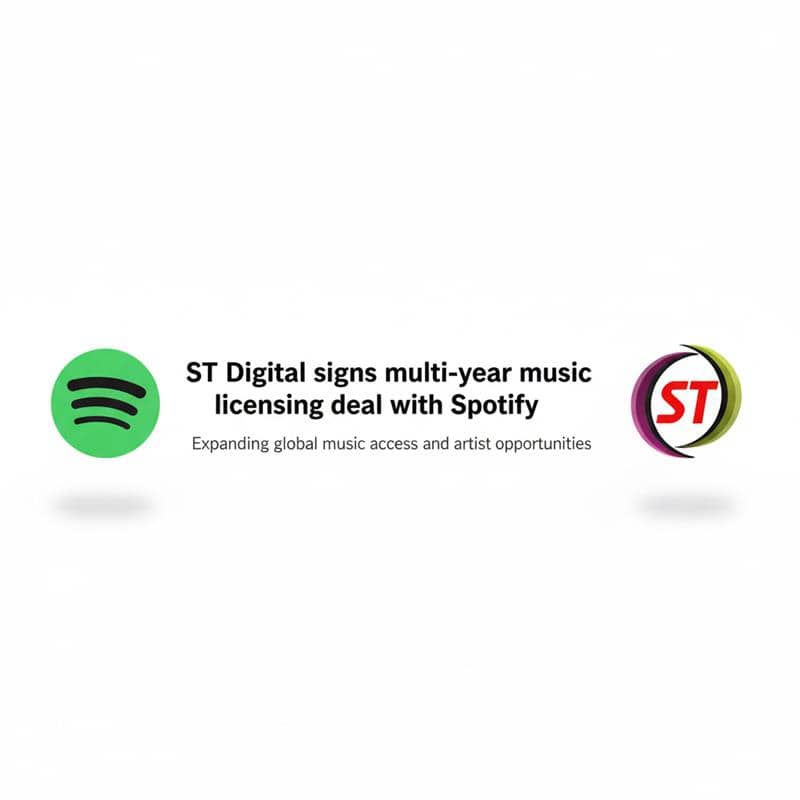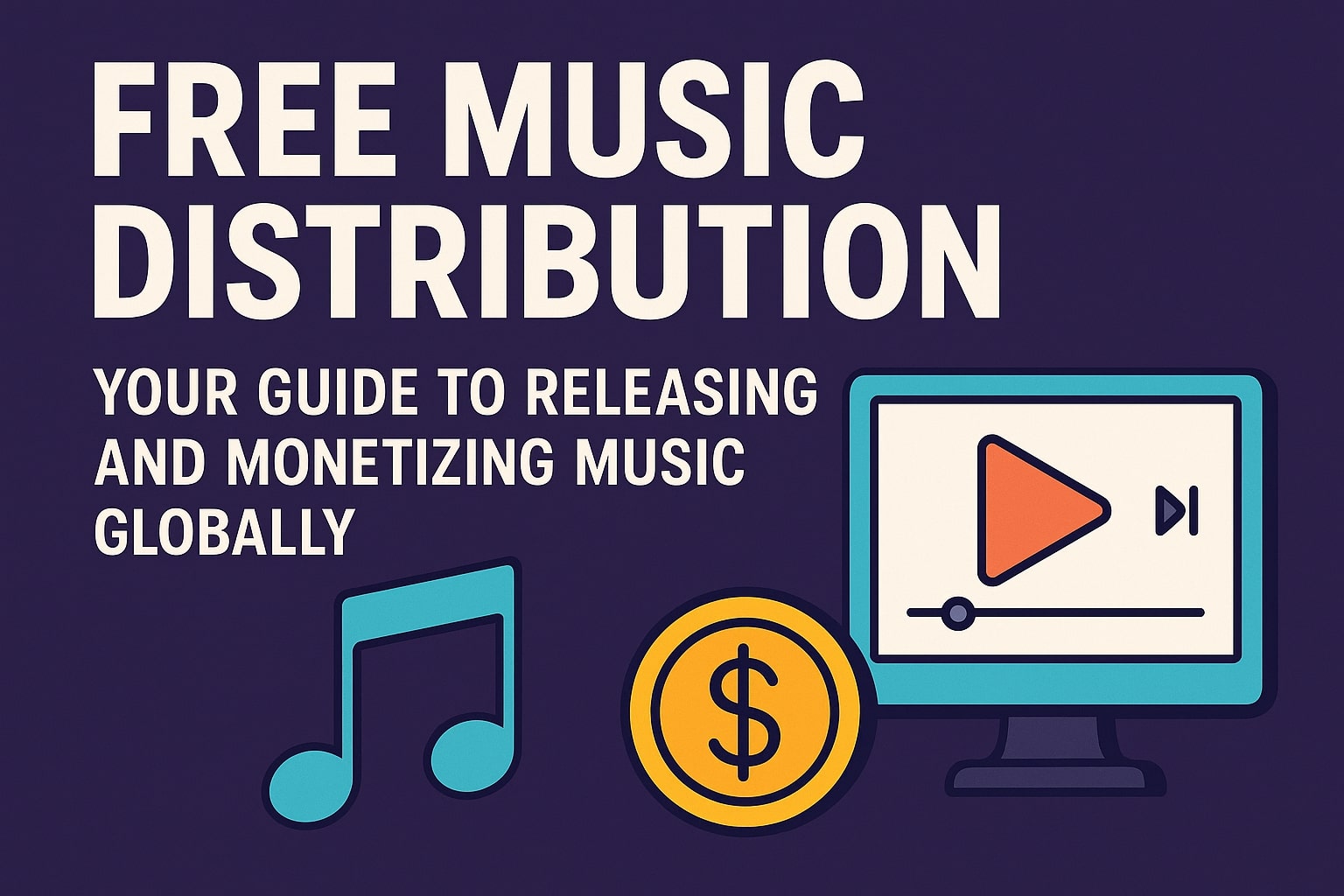Video has become the backbone of digital communication, entertainment, marketing, and education. From streaming platforms to social media reels, video distribution has transformed the way audiences consume content. As we step into 2025, the video landscape is evolving rapidly with the rise of AI-driven personalization, immersive technologies, and global distribution platforms. Businesses, creators, and marketers must stay ahead of these changes to remain competitive.
We’ll explore the future of video distribution in 2025, the key trends shaping the industry, and how companies can leverage innovative video distribution services to reach wider audiences.
Why Video Distribution Is More Important Than Ever
The consumption of video content continues to rise dramatically. According to industry reports, over 82% of global internet traffic now comes from video streaming and downloads. With 5G networks expanding and AI technology transforming content discovery, distributing video effectively is no longer optional—it’s essential.
Some major reasons why video distribution has become crucial in 2025:
- Global Reach: Video content can reach millions across geographies instantly.
- Multi-Platform Presence: From YouTube Shorts and Instagram Reels to OTT apps, distributing content across platforms ensures visibility.
- Consumer Demand: Audiences prefer watching over reading; video enhances engagement.
- Monetization: Businesses and creators can earn through ads, subscriptions, and partnerships.
With these factors driving growth, the future of video distribution is set to become even more advanced and competitive.
Key Trends in Video Distribution to Watch in 2025
1. AI-Powered Personalization
Artificial Intelligence is changing how video platforms recommend and distribute content. In 2025, AI-driven algorithms will refine personalization even further by analyzing:
- Viewing behavior
- Location and device usage
- Real-time engagement
- Emotional responses (using biometric feedback in advanced devices)
This means that videos will reach the right audience at the right time, increasing engagement and conversions for brands.
Example: Streaming giants like Netflix and Amazon Prime Video already use advanced AI to suggest content. By 2025, even small creators and businesses using video distribution services will access similar tools to optimize content delivery.
2. Rise of Short-Form Video Platforms
The success of TikTok, Instagram Reels, and YouTube Shorts has redefined consumer attention spans. In 2025:
- Micro-content (15–90 seconds) will dominate video consumption.
- Brands will invest more in snackable content to maintain relevance.
- Distribution strategies will prioritize mobile-first audiences.
Businesses must diversify their content strategy by mixing long-form storytelling with short, engaging video snippets for better reach.
3. Cloud-Based Video Distribution
With the explosion of high-resolution video formats like 4K, 8K, and VR, storing and distributing content requires massive resources. Cloud technology makes this easier by offering:
- Scalable storage solutions
- Global Content Delivery Networks (CDNs)
- Real-time video streaming without latency
In 2025, most enterprises and creators will rely on cloud video distribution platforms to deliver seamless experiences across devices and regions.
If you are looking for scalable and professional solutions, platforms like ST Digital provide end-to-end video distribution services to ensure your content reaches global audiences.
4. Immersive Experiences: AR, VR, and the Metaverse
The metaverse is no longer science fiction—it’s shaping entertainment, gaming, and even education. By 2025:
- Virtual Reality (VR) concerts will attract global audiences.
- Augmented Reality (AR) ads will integrate interactive video distribution.
- Metaverse platforms will become new hubs for video content.
Marketers will distribute videos not only on traditional streaming apps but also in immersive environments, creating interactive brand storytelling.
5. Direct-to-Consumer (D2C) Video Distribution
More creators and brands are bypassing traditional platforms to distribute content directly to audiences through:
- Personal websites
- Subscription-based platforms
- Branded apps
This reduces reliance on algorithms and ensures better monetization and audience loyalty. In 2025, D2C distribution will grow as businesses look for greater control over content and data.
6. AI-Generated & Automated Content
The rise of Generative AI has already introduced tools that can:
- Create videos with AI avatars
- Auto-generate subtitles and translations
- Repurpose content into multiple formats
By 2025, video distribution will integrate AI-generated multilingual versions, helping creators expand globally without manual editing.
7. Interactive and Shoppable Videos
E-commerce and video are merging into shoppable content. In 2025, expect to see:
- Clickable product links inside videos
- Live video shopping events gaining traction
- Brands using interactive storytelling to boost sales
This trend will revolutionize video distribution in retail, fashion, and lifestyle industries, making videos both engaging and transactional.
8. Blockchain and Secure Video Distribution
With piracy and copyright issues increasing, blockchain technology will play a crucial role in 2025. Benefits include:
- Secure content ownership records
- Transparent royalty distribution for creators
- Smart contracts for video licensing
This ensures fair monetization for both independent creators and large media houses.
9. Sustainability in Video Streaming
With rising energy consumption from large-scale video streaming, sustainability will become a core focus in 2025. Companies will invest in:
- Green data centers powered by renewable energy
- Optimized compression algorithms for lower energy use
- Eco-friendly video delivery networks
Audiences and businesses alike will prefer eco-conscious platforms, influencing distribution strategies.
10. Global Expansion with Localized Content
Video distribution will become hyper-localized to cater to diverse global audiences. This means:
- Subtitles and dubbing in multiple languages
- Regional distribution partnerships
- AI-powered translation for instant localization
Brands that prioritize localized video distribution will build stronger global connections and higher engagement.
Challenges in Video Distribution for 2025
While the opportunities are immense, video distribution also faces challenges:
- Data Privacy & Regulations: With stricter data laws, personalization must respect user privacy.
- Content Saturation: Standing out in a crowded market requires innovative storytelling.
- Bandwidth & Accessibility: High-quality video requires robust infrastructure, which is still limited in rural areas.
- Cost of Advanced Technologies: AR/VR and AI-driven tools may not be accessible to small creators initially.
To overcome these, businesses need professional distribution partners like ST Digital, who offer affordable, reliable, and innovative video distribution solutions.
How Businesses Can Prepare for the Future of Video Distribution
Here are practical steps businesses can take to align with 2025 trends:
- Adopt Multi-Platform Strategies – Distribute across OTT, social media, D2C apps, and metaverse platforms.
- Leverage AI Tools – Use AI editing, subtitles, recommendations, and personalization.
- Focus on Short-Form and Interactive Content – Engage mobile-first audiences with shoppable and snackable videos.
- Invest in Localization – Translate and adapt videos for different regions.
- Partner with Video Distribution Experts – Platforms like ST Digital provide global reach, monetization, and scalability.
Conclusion
The future of video distribution in 2025 is fast-paced, immersive, and personalized. From AI-driven recommendations to AR/VR experiences and blockchain security, the way businesses and creators distribute content is undergoing a massive transformation.
Success in this new era will depend on how well companies adapt to:
- Emerging technologies
- Audience preferences
- Sustainable distribution models
By staying ahead of trends and working with trusted partners for video distribution, businesses can maximize their video’s global impact and secure long-term success.
FAQs
Q1: What is the biggest video distribution trend for 2025?
The biggest trend is AI-driven personalization, ensuring content reaches the right audience at the right time.
Q2: Will short-form videos continue to grow in 2025?
Yes, short-form videos will dominate as attention spans shrink and mobile-first content takes priority.
Q3: How will blockchain impact video distribution?
Blockchain will enhance content security, copyright protection, and fair royalty distribution.
Q4: Can small businesses benefit from advanced video distribution?
Absolutely. With platforms like ST Digital, even small businesses can access global distribution networks affordably.
Q5: What role will the metaverse play in video distribution?
The metaverse will host immersive video content, from concerts to virtual shopping, creating new distribution opportunities.



